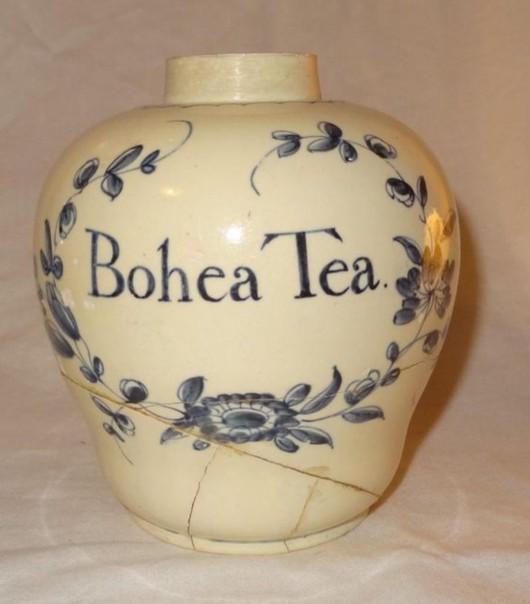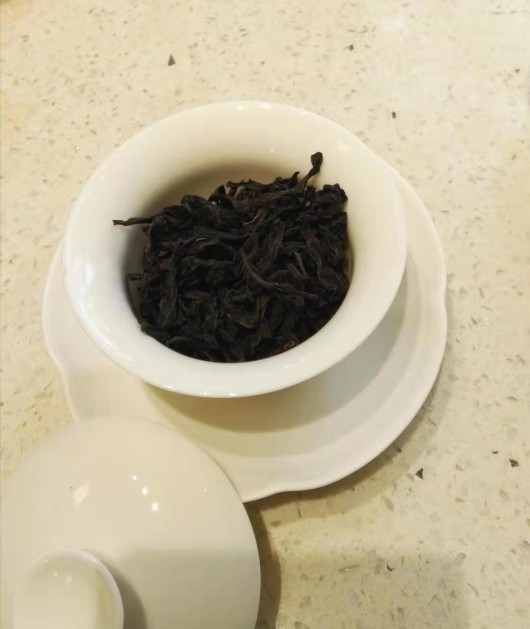Wuyi tea, which was exported overseas in the 18th century from Wuyi in southern China’s Fujian province, was called “Bohea” in English. But even for people in Britain, which has imported and consumed Chinese tea for the longest time compared with other importing countries, they don’t really know what Bohea refers to.
Bohea is the transliteration of “Wuyi” in the South Fujian dialect. But, whether it stands for oolong tea, black tea or the general name of all Chinese tea needs to be considered.

(An 18th Century teapot in Staffordshire, England)
The earliest record of the word “Bohea” in western literature was Voyage to Surat by John Ovington, which was published in 1696. Ovington was a missionary deployed by the East India Company in Surant, India. In this book he divided tea into three categories: Bing, Singlo and Bohea. The former two were green tea while "Bohea", which he said was made through extraordinary roasting, was black in color with the tea water being red.
In the early 18th century, Bohea, Singlo and Imperial were the three major teas imported by the UK from China. Samuel Johnson in his dictionary defined “Bohea” as “a kind of special tea that has darker color and more astringent taste than green tea".
Since Bohea can be repeatedly heated or even boiled (unlike Singlo or Bing, which can only be steeped to drink) it was more competitive in the European market in the 18th century. However, this brought a side effect. Seeing the great market potential, other tea producing areas in China began to imitate the black tea processing of Wuyi to make counterfeit Bohea, which was purchased by speculative tea wholesalers in London at a lower price.

(A tea can made around 1760-1770 in Staffordshire, England)
Gradually, the connotation of Bohea expanded to all fermented black tea, and even became the collective name of all Chinese tea after the mid-18th century.
In the US market, “Bohea” refers to a curly tea from China, usually made up of several kinds of black teas such as orange pekoe, pekoe and souchong. This blended black tea was so popular in the American colonies that the word "Bohea" has gradually evolved into being a common name for tea and tea drinks in the United States.
Considering the tea manufacturing history of Wuyi, it is not easy to define whether Bohea is black tea or oolong, since Wuyi is reputed as both “the birthplace of the world's black tea" and "the origin of oolong tea".

(Wuyi Rock Tea)
Today, the word Bohea can only be seen on some antique tea cans and documents recording the tea trade from the 17th to 19th century. When talking about Wuyi tea, people mean the two categories --- “Lapsang Souchong” refering to black tea and “Wuyi Rock Tea” standing for oolong tea.
